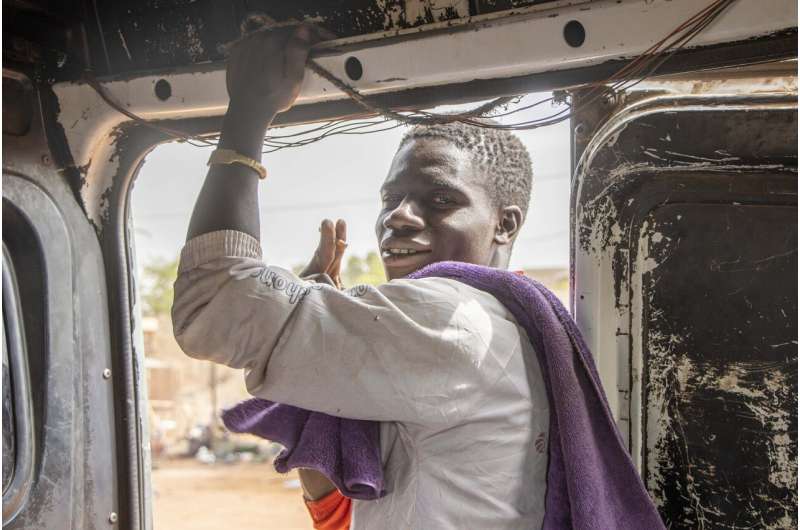
From April 1 to April 5, temperatures in Mali exceeded 45 degrees Celsius (113 degrees Fahrenheit) and peaked at a record 48.5˚C in the western city of Kayes.
Ranked among the poorest countries in the world, Mali is ill-equipped to cope with heat waves.
April’s blast would not have occurred without human-induced climate change, according to a World Weather Attribution (WWA) study.
And such episodes are set to intensify because of climate change, caused by greenhouse gas emissions, the report added.
Mali frequently suffers from electricity cuts due to run-down power stations and the heavy debt the national energy company carries—making it hard to rely on fans or air conditioners.
A lack of data in the Sahel region made it impossible to know the exact number of deaths, the WWA said, adding there were likely hundreds, if not thousands, of other heat-related casualties.
“This year, especially in recent months, we have come across many cases of people with high fever and dehydration,” Dr. Ibrahim Fall, head of a medical unit in Bamako’s commune three, told AFP.
“We are therefore obliged to admit them to hospital, but unfortunately there is a very high mortality rate, of up to 50 percent, due to dehydration and fever,” he said.
Scientists estimate that a heat wave like the one that hit Mali and Burkina Faso would be 10 times more frequent than in the current climate if global warming reaches two degrees, which could happen between 2040 and 2050.